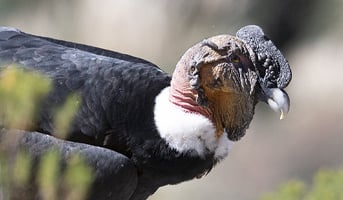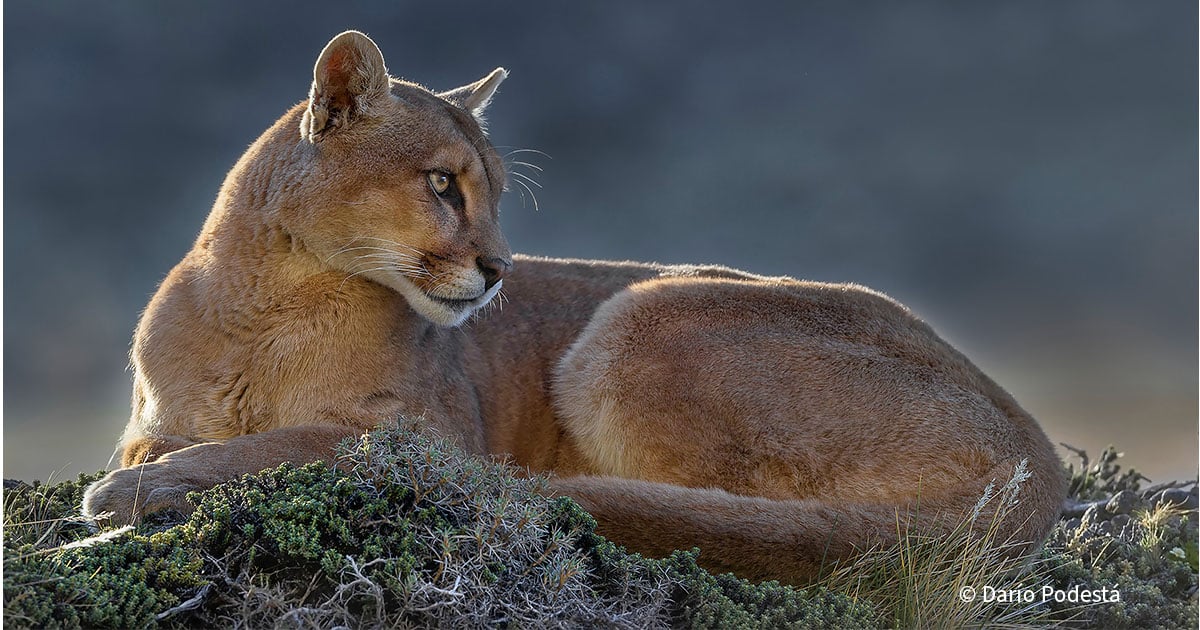Saving Argentina’s Gray & Culpeo Foxes
Home to over 3,000 plant and animal species, Argentina is one of the most biodiverse countries in the world. From the high Andes to the lowland grasslands, its varied ecosystems provide a home to countless creatures found nowhere else on Earth.
 That’s why Greater Good Charities has donated 150,000 acres of land in Mendoza Province to the Wildlife Conservation Society — creating a vital sanctuary for threatened wildlife, including Argentina’s iconic gray and culpeo foxes.
That’s why Greater Good Charities has donated 150,000 acres of land in Mendoza Province to the Wildlife Conservation Society — creating a vital sanctuary for threatened wildlife, including Argentina’s iconic gray and culpeo foxes.
Meet Argentina's Native Foxes
The South American Gray Fox
 Also called the Patagonian fox (Lycalopex griseus), this small canid is native to the Patagonia region and the Tierra Del Fuego. This fox thrives in dry, open areas like grasslands, scrub, and even semi-desert. It has a reddish-gray coat, a dark-tipped tail, and black markings on its chin and limbs.
Also called the Patagonian fox (Lycalopex griseus), this small canid is native to the Patagonia region and the Tierra Del Fuego. This fox thrives in dry, open areas like grasslands, scrub, and even semi-desert. It has a reddish-gray coat, a dark-tipped tail, and black markings on its chin and limbs.
Gray foxes are omnivorous and opportunistic feeders. Their diet includes fruit, insects, rodents, and carrion — which makes them key players in maintaining healthy ecosystems. By consuming animal remains, they help prevent the spread of disease; and by dispersing seeds, they aid plant regeneration in arid landscapes.
Despite their adaptability, gray foxes face several threats:
-
Habitat loss from agriculture and development
-
Hunting for their fur and as perceived threats to livestock
-
Competition with other predators, including invasive species
As scavengers and seed dispersers, gray foxes are vital to ecological balance. They help regulate prey populations and contribute to the health of native plant communities. Their role supports broader biodiversity by ensuring that ecosystems remain functional and resilient.
The Culpeo Fox
 The culpeo (Lycalopex culpaeus) may look like a fox, but it is more closely related to wolves and jackals. It is the second-largest native canid in South America and ranges from Colombia to southern Patagonia, favoring mountainous and forested regions like the Andes.
The culpeo (Lycalopex culpaeus) may look like a fox, but it is more closely related to wolves and jackals. It is the second-largest native canid in South America and ranges from Colombia to southern Patagonia, favoring mountainous and forested regions like the Andes.
Culpeos have a thick reddish-gray coat, bushy tails, and a distinctive black dorsal stripe. They are agile hunters, feeding on rabbits, rodents, birds, insects, and sometimes livestock. Like the gray fox, they are solitary and territorial.
Unfortunately, culpeos are often persecuted by farmers due to predation on livestock, and they are also hunted for their fur. Additionally, their natural prey is decreasing in some areas due to human encroachment, increasing competition with other predators.
Culpeos help regulate populations of small mammals, keeping prey species in check and contributing to healthy trophic dynamics. As apex or mesopredators in some ecosystems, their presence influences the behavior and distribution of other species — a phenomenon known as a "trophic cascade." Protecting culpeos supports a more stable and balanced ecosystem.

How You Can Protect Argentina’s Foxes
Greater Good Charities is committed to the preservation of threatened, endangered, and at-risk species. Thanks to our generous supporters, we were recently able to donate 150,000 acres of land in the incredibly biodiverse Mendoza Province to the Wildlife Conservation Society. This land will be a protected area for vulnerable species like the grey and culpeo foxes.
Together, we can ensure that animals like Argentina’s foxes continue to roam free — and that the ecosystems they support remain alive for generations to come.


